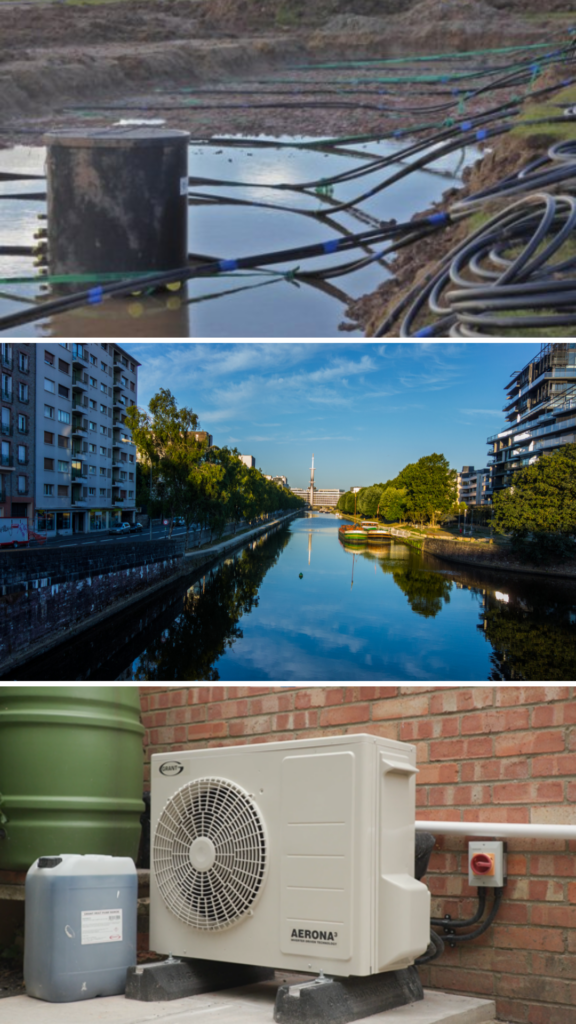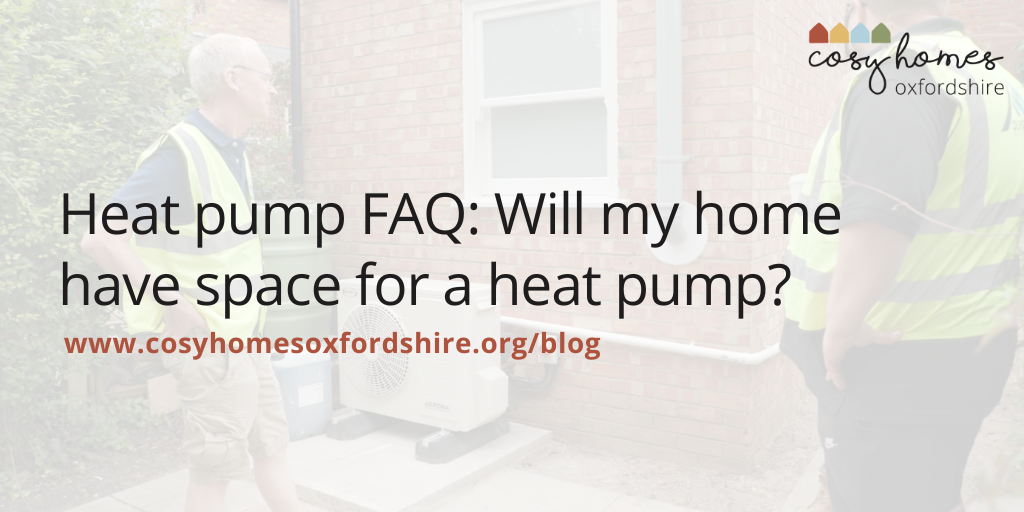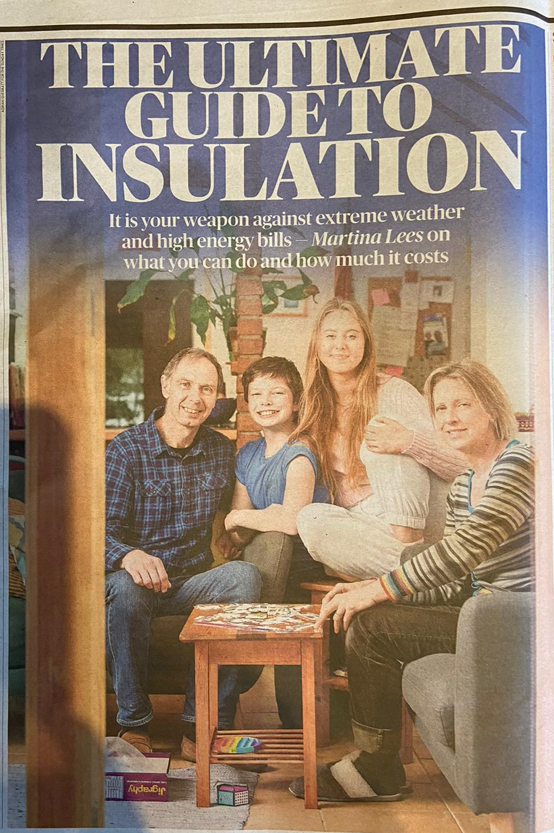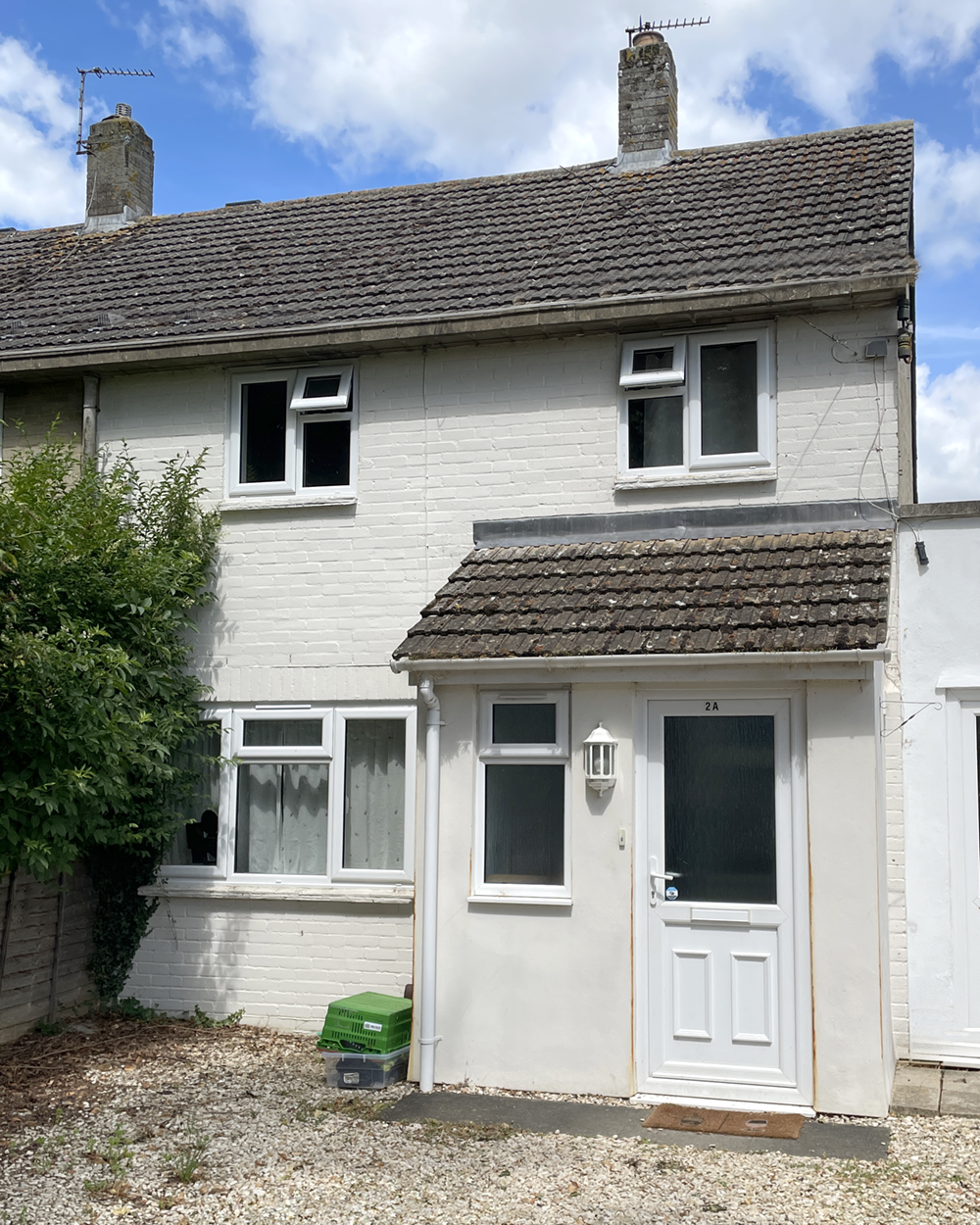
Heat pump FAQ: Will my home have space for a heat pump?
Like many householders in the UK, you may be looking into a heat pump as a new method to heat your home, but do you have enough space for one?
Most heat pumps (ground source, air source, or water source) used for home heating will be between 4 kW and 15 kW in output, depending on the size of your home and its ability to retain warmth.
If your home is poorly insulated and leaks heat, then you will find your heat pump will need a large unit with a greater output – this is not ideal as it wastes energy. Heat pumps are more efficient in well-insulated, airtight buildings.
In terms of translating this into the space needed in the home, this also depends on the type of heat pump you’re hoping to install.

The key factor for ground source heat pumps is that they are laid in the ground, They are only suitable for homes with substantial outside space in which to host them with the option to drill about one meter underground. You can read more about ground source heat pumps here.
Water source heat pumps require a body of water such as a river, lake, large pond or borehole. They won’t be a consideration for most homeowners. You can find out more about water source heat pumps here.
Air source heat pumps require less space, with an external unit which is most commonly around the size of a washing machine.
Air source heat pumps are usually wall-mounted, so you will need enough space on one of your outside walls to install this. The main condition is that they have a decent amount of space around them, as the air needs to be able to circulate.
During the installation of an air source heat pump your boiler would be replaced by a smaller unit that contains the pumps and water to be heated by the air captured by the unit on the exterior.
If you live in an above-ground floor flat or apartment, you will need to consider where a unit can be placed, such as on a roof, or wall-mounted on the outside. You will also need to consider whether a heat pump can work with the existing heating system in the building.
For all heat pump types, you need to also consider space inside your home, especially if you are using a heat pump to provide your hot water.

If you are using a heat pump for your hot water as well as your heating, you may also need a new hot water cylinder inside your home which is designed for heat pumps, so you’ll need to consider the space for this too.
You can find case studies featuring heat pump installation in varied housing types on the Cosy Homes Oxfordshire website, including an 1880s terrace with solid brick walls, a 1930s-40s semi-detached property, and a pre-1900 ironstone cottage.

Thinking about installing a heat pump?
Heat pumps can work at an efficiency level of up to three times higher than a gas boiler, being more efficient and using clean energy sources means they can be a more environmentally friendly option for heating your home.
For those thinking of switching to a heat pump, improving the fabric of your home – including insulation and improved window glazing – first is important to ensure you’re getting the most out of that new technology. These improvements also go a long way to improving the comfort and overall health of our homes.
Always make sure you’re working with a trusted MCS certified heat pump installer (like those we work with at Cosy Homes Oxfordshire) as they’ll be able to accurately determine the size of heat pump you need.
If you choose to use the Cosy Homes Oxfordshire service, we can help you with this as we have access to a pool of trusted installers and contractors.
How can you find out more?
You can watch our webinar on air source and ground source heat pumps, or visit our resources page to find out more about retrofit.
If you’d like to find out more about how Cosy Homes can support you in making your home more energy efficient, healthier, and cosier register today with our Plan Builder.
Read next…

Cosy Homes Oxfordshire features in The Sunday Times
You might have seen our scheme featured alongside some of our clients in ‘The Ultimate Guide To Insulation’ in The Sunday Times on the 15th of January, and also available online. Thank you to everyone who participated in the piece, including our
Energy-efficiency in Eynsham
A landlord in Eynsham, Oxfordshire, tackled persistent mould in a 1960s rental property. The measures implemented resulted in a higher EPC rating. Discover what he did and the impact it had. The problem This modest 1960s mid-terrace house in Marlborough
Orchard House retrofit
Mary and Philip opted for an assessment, which led to the development of a comprehensive Whole House Plan crafted by a qualified Retrofit Coordinator. This plan outlined all the necessary recommendations, actions, quotes, and
Exploring the pros and cons of your home insulation options
with so many insulation materials out there, how do you choose the right one for your home? Let’s take a quick look at the various types of insulation materials, explore their pros and cons, and help you make an informed
